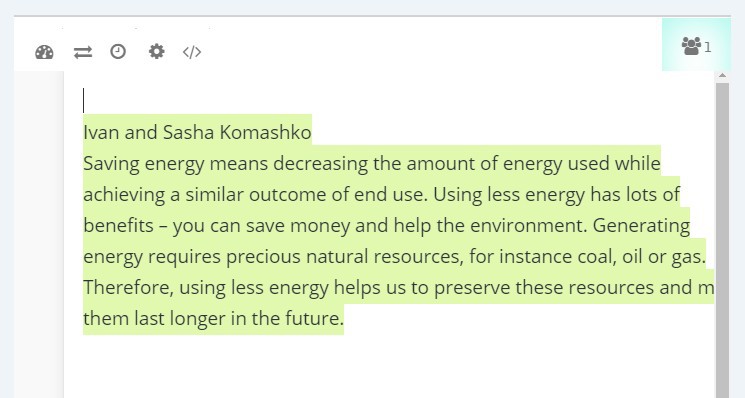YOUR DOCUMENTS:
SUSTAINABLE AGRICULTURE
In everyday language, the term "sustainable agriculture" refers to an environmentally friendly agriculture, with, as main objectives, the limitation of the use of inputs (fertilizers, phytosanitary products ...) of industrial origin. In addition, there is the diversification of the crops grown on farms with, if possible, their close association with farming activities. This should not overshadow the other two elements of sustainability that are its social and economic dimensions. As a steward of the environment, sustainable agriculture must also be equitable and socially viable as well as economic efficiency and profitability. This type of agriculture therefore corresponds to a global approach to agricultural production. An ethical dimension itself has already passed through the "fair price" that farmers are legitimately entitled to expect from the sale of their productions. '' Sustainable agriculture '' do you say they are referred to as "sustainable agriculture"? compared to others. In reality, there is no single sustainable agriculture, but different types of common goals, each of them going through the focus on some of them. Main components of sustainable agriculture The common denominator of different sustainable agriculture is their opposition to conventional agriculture, often referred to as productivist. This opposition manifests itself on several points.
Architecture challenged by sustainable development In the face of environmental challenges, contemporary architecture is placed in a somewhat paradoxical situation. In theory, everyone agrees on the urgency of rethinking architectural discipline in line with the imperatives of sustainable development. The building is a great devourer of materials and energy. In the year 2000, humanity consumed, for example, an average of 271 kilograms of cement per person, which totaled more than 1.6 billion tons. The buildings also profoundly modify the environment. For better or for worse, the built environment is one of the major legacies from one generation to the next. What will we leave to our descendants? A polluted land covered with cities built in a hurry, without worry of preserving a minimum quality of life, or a more balanced environment? The whole theme of sustainable development is there: in order not to make a price too heavy for future generations, to leave them a margin of maneuver comparable to that we had at birth.
OR collaborate on this pad:
(Screen shot of the original pad)
